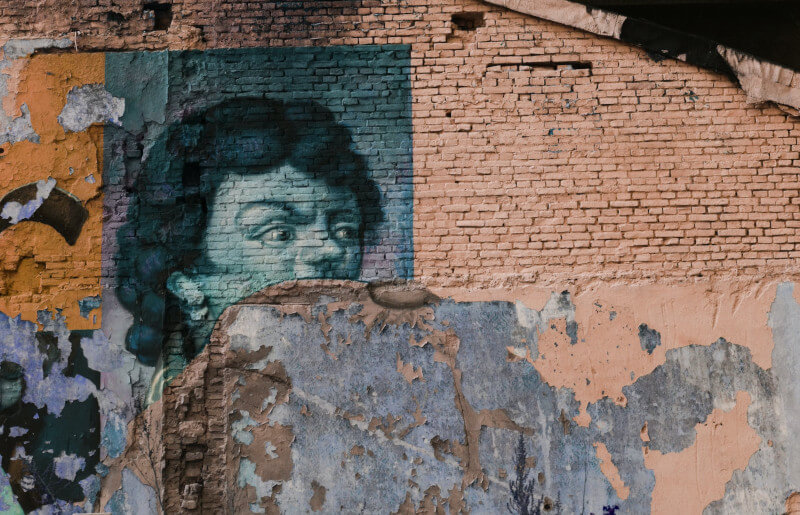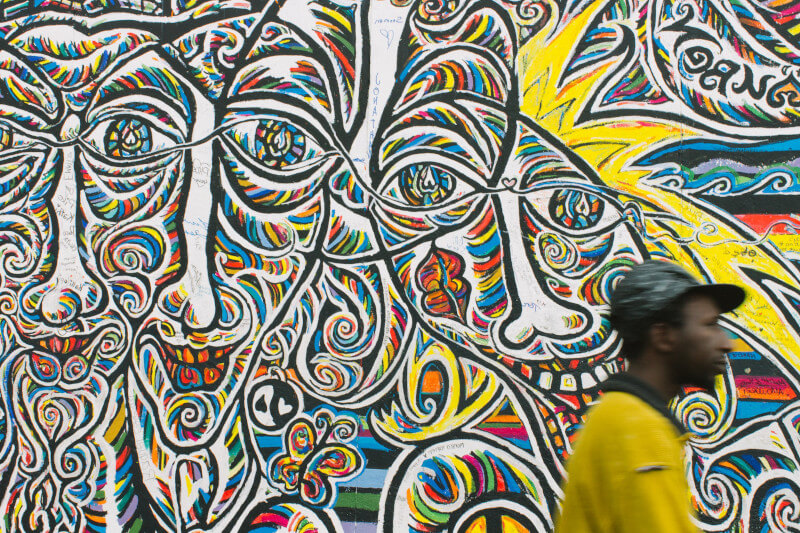Have you ever noticed how certain paintings seem to have an uncanny ability to track your every move in a room? It’s almost as if the eyes in the portrait are silently watching your every step, following you wherever you go. But what’s the secret behind this eerie phenomenon, and how do artists use it to their advantage in their masterpieces?
Surprisingly, creating this “ubiquitous gaze” effect doesn’t necessarily demand extraordinary artistic skill. The trick lies in the artist’s ability to manipulate the subject’s gaze to make it appear as if they are making direct eye contact with anyone standing in front of the painting, no matter the observer’s position.
But Why Does This Optical Illusion Persist Even When You Sidestep the Center of Attention?
According to a 2004 study conducted by a group of researchers from Ohio State University, the “near” and “far” points within the 2D image remain unchanged, regardless of the viewer’s angle. These reference points, essential for perceiving depth, maintain their consistent appearance irrespective of the observer’s position, creating the sensation of being watched by the painted eyes.
Co-author James Todd summarized their findings, explaining how the visual information determining the proximity and distance of objects shifts in natural environments but remains constant in the context of a picture on the wall. This interesting quirk of perception gives rise to the curious illusion that the eyes in the painting continue to gaze at you even as you move to the side.
However, if the artist intentionally paints the subject’s eyes to appear preoccupied rather than engaging with the observer directly, the effect of the watchful eyes dissipates, leaving the viewer unbothered by the painting’s gaze, no matter their position in the room.
The concept of “linear perspective,” introduced by artist and architect Filippo Brunelleschi in the 14th century, revolutionized the art world. This technique involves creating artwork where all elements in the scene converge toward a single point on the horizon. It was through this method that artists achieved remarkable realism in their paintings, often featuring figures that seemingly maintain eye contact with the viewer from any vantage point. Rest assured, these paintings aren’t plotting something sinister like Scooby-Doo villains; they’re simply a testament to the clever use of artistic technique.
Unveiling the Art World’s Prankster
In 1964, the Swedish art scene was stunned by the emergence of an avant-garde artist named Pierre Brassau, who presented a seemingly groundbreaking piece, the famous “Black Square.” Critics praised his work with glowing words, applauding his bold brushstrokes and precise artistry. Yet, not all reviews were as they seemed.
An Unexpected Revelation
As the acclaim for Pierre Brassau’s work grew, a startling revelation emerged. It turned out that Pierre Brassau was, in fact, not an artist at all, but a young West African chimpanzee named Peter from the Bor’s djurpark zoo in Sweden. The mastermind behind the ingenious scam was none other than the journalist Daniel “Dacke” Axelsson, who orchestrated the exhibition to test the critics’ discernment between authentic avant-garde art and the whimsical creations of a primate.
A Tale of Deception and Critique
The amusing saga took a humorous turn when one reviewer, despite the revelation, continued to stand by his initial assessment, likening Pierre’s work to the graceful performance of a ballet dancer. Rolf Anderberg’s unwavering support for the chimpanzee’s artistic prowess amused many, highlighting the intriguing dynamics of the art world and the subjective nature of artistic interpretation.
Bonus Facts: Unveiling the Prank’s Aftermath
The prank’s aftermath shed light on the art world’s complex dynamics, revealing the fine line between genuine artistic brilliance and the possibility of an unexpected deception. While Pierre’s “Black Square” left a mark on the art scene, the experiment underscored the challenges of discerning true artistic talent from deceptive showcases, prompting a reevaluation of the art criticism landscape.
The Legacy of Gaze Manipulation
The intriguing phenomenon of paintings seemingly following observers has a rich historical backdrop. Dating back to the early 14th century, the introduction of “linear perspective” by artist and architect Filippo Brunelleschi revolutionized the art world. This technique, involving the convergence of all elements in a scene to a single point on the horizon, laid the groundwork for the creation of captivating, lifelike paintings.
Exploring the Art of Illusion
Artists quickly recognized the power of manipulating a subject’s gaze to create an illusion of depth and engagement with the viewer. By skillfully directing the attention of painted figures to appear as if they were making eye contact with the observer from any angle, painters were able to imbue their works with a dynamic quality that transcended the constraints of the canvas.
Unveiling the Optical Illusion
Research from Ohio State University in 2004 provided further insights into the mechanics behind the peculiar sensation of being watched by the eyes in a painting. The study revealed that the consistent appearance of the “near” and “far” points within a two-dimensional image, regardless of the viewer’s position, contributes to the illusion of the painted eyes tracking the observer’s movements, creating an intriguing optical effect that continues to captivate art enthusiasts to this day.




